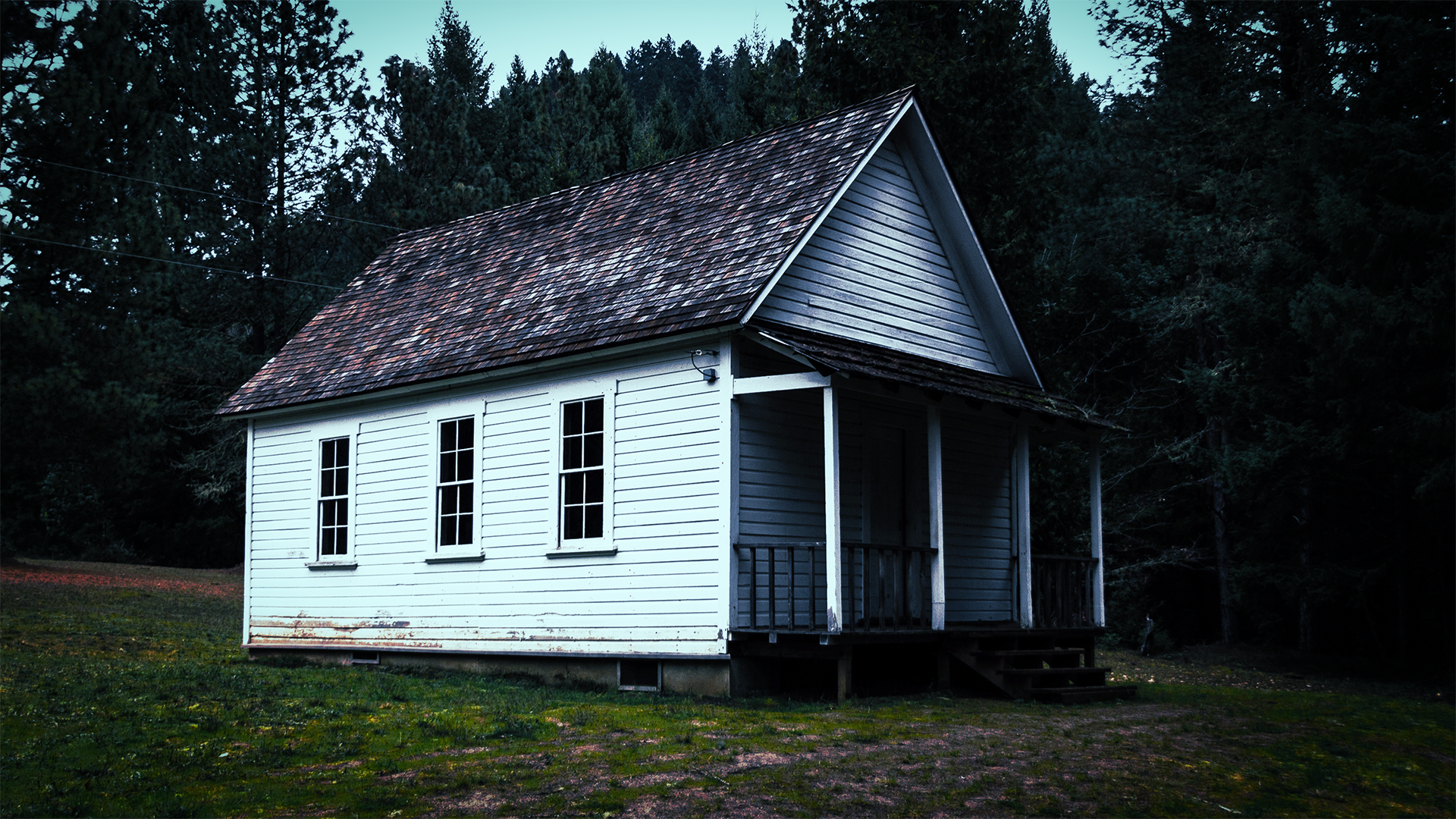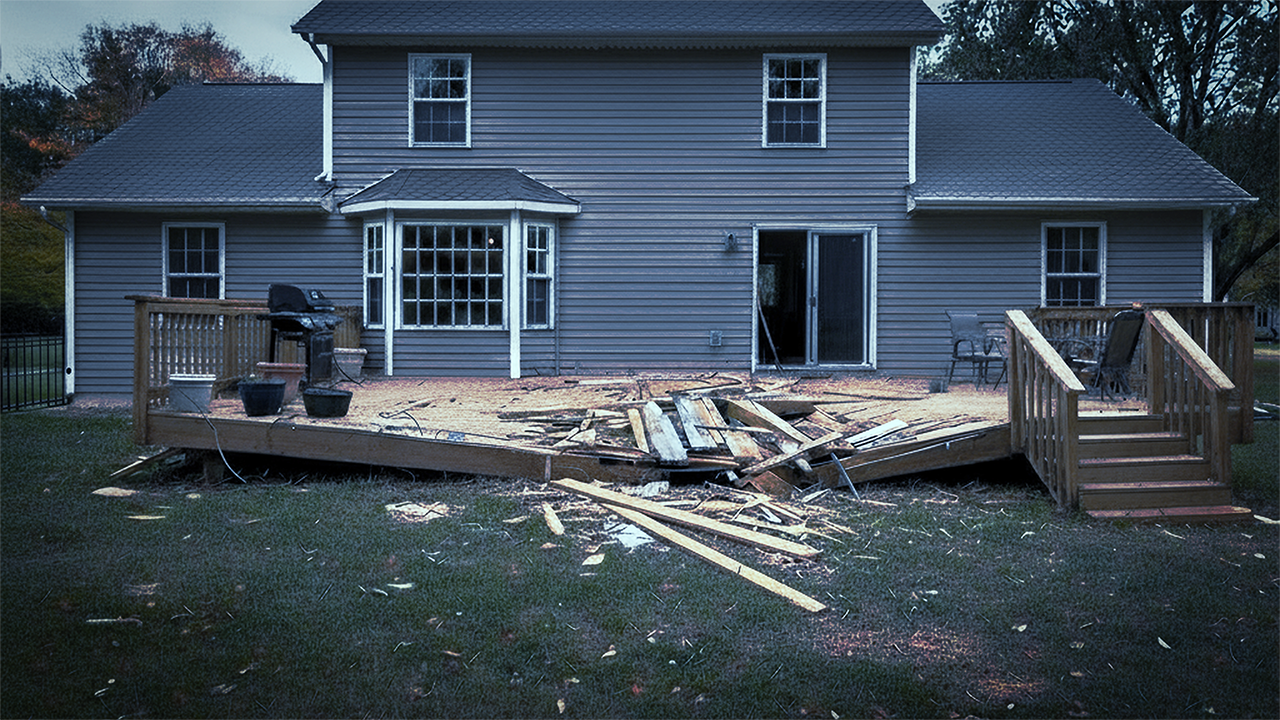

Homes can be full of surprises—and not always the good kind. Over the years, we’ve seen small oversights turn into big problems, sometimes slowly, sometimes suddenly. From mold under the floor to structural failures, each story taught us something valuable. Here are a few lessons homeowners can learn from these real experiences.

Our first family house remodel in Clive came with an unforgettable lesson. The flooring had been glued directly to the concrete, and over time, mold started to grow underneath. You could smell it before you saw it.
The takeaway? Concrete needs to be sealed or protected with a proper moisture barrier before flooring is installed. Ignoring this step can lead to long-term damage that’s costly and difficult to fix.

In another home, the existing soffit vents had been painted over, completely sealing the attic. When eighteen inches of snow melted that winter, the attic couldn’t breathe. Moisture condensed on the underside of the roof sheathing and dripped onto the insulation below. Over time, the persistent moisture problem led to mold growth on the bottom of the roof sheathing.
This story reminds us that even small details matter. Proper ventilation prevents ongoing damage and keeps a home functioning as it should.

What started as a simple window and door replacement turned into something much bigger. Once we opened things up, we discovered extensive structural rot around the frames. The damage was so severe that we had to temporarily shore up the walls and ceilings, remove the affected materials, and reframe sections of the wall before installing the new windows and doors.
Problems like these can stay hidden until it’s too late. Addressing issues early—and understanding what lies beneath trim and framing—can prevent major repairs down the line.

We met with a homeowner who was concerned about their aging deck and wanted to talk through replacement options. As we stood on it discussing the condition, the deck collapsed. Thankfully, no one was hurt.
This incident highlights a critical point: some problems appear suddenly. Proactive maintenance and regular inspections are crucial for preventing accidents and maintaining your home’s safety.
Each of these stories shows that homes can present challenges in different ways. Some problems develop quietly over time, while others appear suddenly and unexpectedly. Some are easy to diagnose, while others require deeper investigation—and sometimes that means a bit of exploratory demo to find the real source of the issue.
By staying vigilant and addressing problems promptly, you can prevent minor issues from escalating into costly repairs. Working with skilled professionals provides peace of mind and helps ensure your home remains safe and reliable.
Even if your home seems problem-free, it’s worth taking a closer look. Small inspections, attention to detail, and preventive care can save you headaches and expense later.
Inspect areas such as attics, basements, and around windows and doors. Ensure that ventilation is clear, moisture barriers are in place, and any signs of rot or structural issues are addressed promptly.
Homes can hide more than you might expect. Some problems are apparent, some are silent, and others appear when you least expect them. Being proactive, working with skilled professionals, and paying attention to what lies beneath the surface keeps your home safe, reliable, and a place you can enjoy for years to come.
At Paradigm Construction, we don’t just build homes that look good on the surface—we make sure they’re solid from the inside out. Every nail, every seal, every finish is done with care so you can feel confident your home is built to last.
When you work with our team, you’re partnering with a builder who values craftsmanship, transparency, and doing things the right way—from the structure to the details that make it yours.
At Paradigm, we strongly believe we do more than build buildings or houses – we enhance lives, develop lasting relationships, and inspire those around us to make a difference.
Ready to get started? Visit our Contact Page to fill out a new project form to start the process.